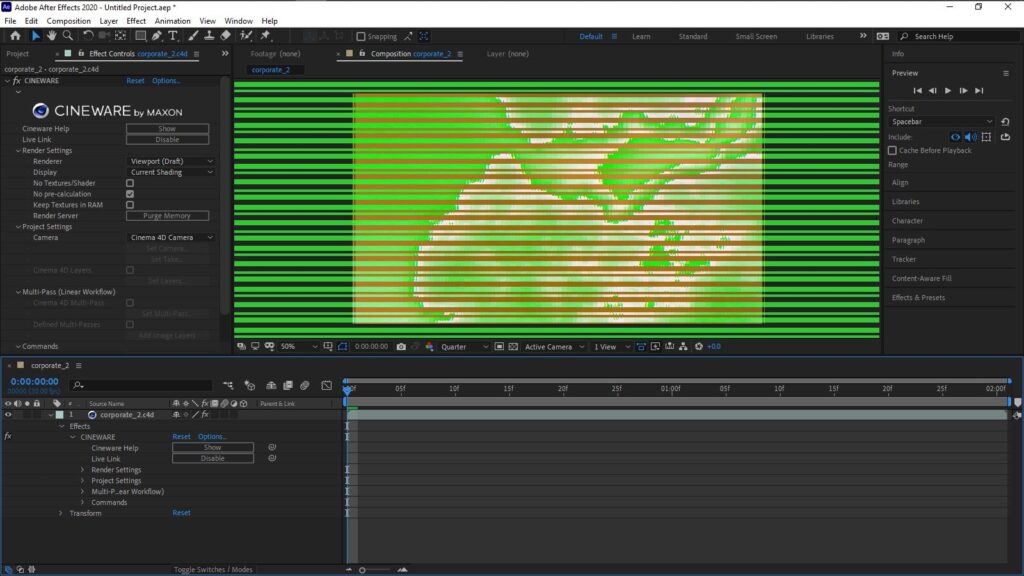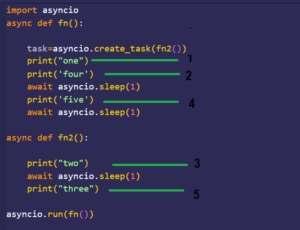Navigating the Labyrinth: Overcoming File Organization Challenges in Adobe After Effects

Adobe After Effects is a powerhouse of creativity, enabling users to craft stunning motion graphics, visual effects, and animations. However, with great power comes great complexity, and one of the most significant challenges users face is organizing their files effectively. In this in-depth exploration, we’ll delve into the intricate world of file organization in Adobe After Effects, uncovering the challenges, strategies, and best practices for maintaining order amidst the chaos.
Understanding File Organization Challenges:
File organization in Adobe After Effects involves managing a myriad of assets, compositions, effects, and project files. The challenges users encounter in this realm can vary, but some common hurdles include:
- Asset Management: Keeping track of media files, such as images, videos, audio clips, and graphics, can be challenging, especially when dealing with large libraries or diverse formats.
- Composition Complexity: As projects grow in complexity, with multiple compositions, layers, and effects, organizing and navigating the timeline can become increasingly cumbersome.
- Version Control: Collaborating with team members or revisiting past projects requires careful version control to avoid confusion, lost work, or overwritten files.
- Project Structure: Establishing a logical project structure, naming conventions, and folder hierarchy can be challenging, particularly when juggling multiple projects or working on long-term endeavors.
- Workflow Efficiency: Inefficient workflows, such as redundant file duplication, manual asset relocation, or inconsistent naming conventions, can hinder productivity and waste valuable time.
Strategies for Effective File Organization:
- Establish a Naming Convention: Develop a consistent naming convention for files, folders, compositions, and layers to facilitate organization and streamline workflows.
- Use Project Templates: Create project templates with predefined folder structures, compositions, and assets to standardize organization practices and save time on new projects.
- Utilize Labels and Markers: Use labels, markers, and color-coding within After Effects to categorize assets, identify key elements, and streamline navigation within the timeline.
- Create Project Documentation: Document project details, asset specifications, and workflow procedures in a centralized document or project management tool to ensure consistency and facilitate collaboration.
- Employ Asset Management Tools: Utilize asset management tools or software solutions to catalog, tag, and track media files, ensuring easy access and efficient retrieval when needed.
- Implement Version Control: Adopt version control systems or practices, such as Git, SVN, or cloud storage solutions, to track changes, manage revisions, and collaborate effectively with team members.
- Organize Project Files: Maintain a tidy project structure with clear folder hierarchies, separating assets, project files, renders, and temporary files to avoid clutter and confusion.
- Backup Regularly: Implement regular backup procedures to protect against data loss, corruption, or accidental deletion, ensuring that project files and assets are safely preserved.
In Conclusion:
File organization in Adobe After Effects is a multifaceted challenge that requires careful planning, attention to detail, and consistent practices. By understanding the complexities of asset management, composition organization, version control, project structure, and workflow efficiency, users can overcome these challenges and maintain order amidst the creative chaos. With strategic approaches, effective tools, and disciplined practices, users can optimize their file organization workflows, enhance productivity, and unlock the full potential of Adobe After Effects as a platform for creative expression and innovation.




